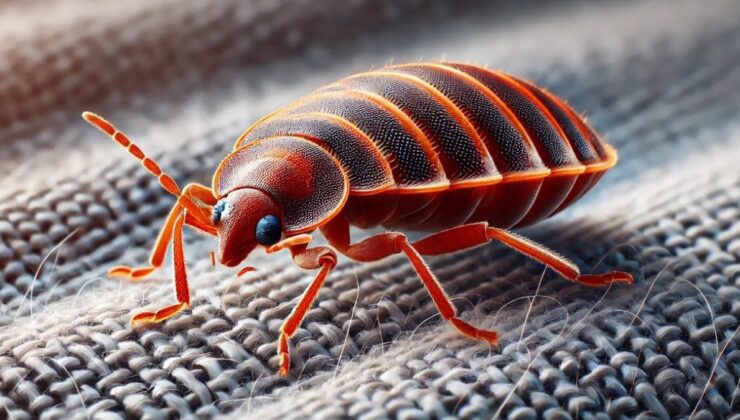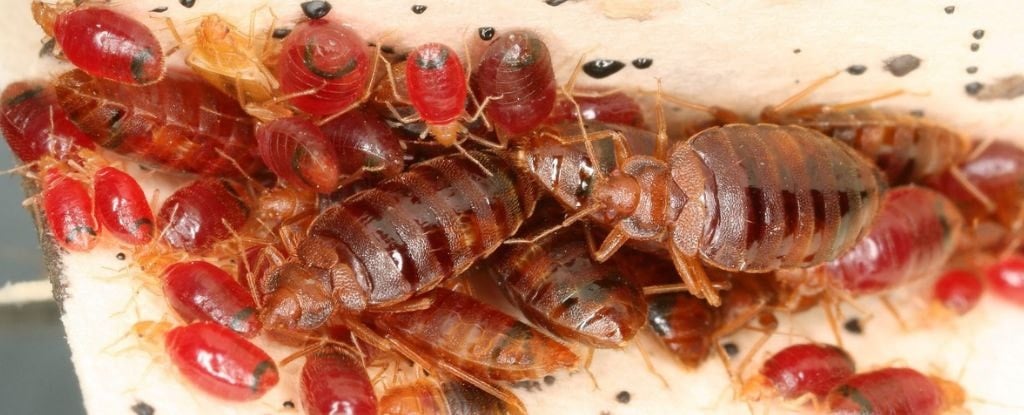



Following the end of World War II, a chemical revolution significantly reduced the bedbug population, largely due to the introduction of potent insecticides like DDT. Yet, since the early 2000s, these persistent pests have made a notable comeback, becoming unwelcome companions on our global travels.

A recent study by entomologists at Virginia Tech has shed light on the mystery behind the bedbug’s return. The research team conducted an in-depth analysis of 134 distinct bedbug populations collected from 22 states across the United States and 4 regions in Canada.
Due to the high genetic similarity among bedbug populations, the researchers focused on genetic screening of a single individual from each group. In two samples, they identified a specific point mutation that results in an amino acid alteration in pathways associated with the nervous system.
This mutation was pinpointed in the A302S Rdl gene, known to contribute to similar resistance mechanisms in German cockroaches. This genetic adaptation provides resistance against the insecticide dieldrin, developed in the 1940s as an alternative to DDT, with long-lasting environmental effects.
Dieldrin shares chemical similarities with fipronil, a widely used contemporary insecticide. Although fipronil’s shorter lifespan makes it a seemingly more environmentally friendly choice, its ecological impact remains significant. The Rdl mutation in bedbugs renders them resistant to fipronil as well.
Researchers remain uncertain about when this mutation first appeared; however, bedbugs have been exposed to chemicals like dieldrin—which was banned in the 1990s—for an extended period. This suggests that the development of such resistance might not be a recent phenomenon.
SİGORTA
4 gün önceSİGORTA
5 gün önceENGLİSH
14 gün önceSİGORTA
14 gün önceSİGORTA
14 gün önceSİGORTA
18 gün önceSİGORTA
19 gün önce 1
Elon Musk’s Father: “Admiring Putin is Only Natural”
11780 kez okundu
1
Elon Musk’s Father: “Admiring Putin is Only Natural”
11780 kez okundu
 2
7 Essential Foods for Optimal Brain Health
11760 kez okundu
2
7 Essential Foods for Optimal Brain Health
11760 kez okundu
 3
xAI’s Grok Chatbot Introduces Memory Feature to Rival ChatGPT and Google Gemini
11508 kez okundu
3
xAI’s Grok Chatbot Introduces Memory Feature to Rival ChatGPT and Google Gemini
11508 kez okundu
 4
DJI Mini 5: A Leap Forward in Drone Technology
10716 kez okundu
4
DJI Mini 5: A Leap Forward in Drone Technology
10716 kez okundu
 5
Minnesota’s Proposed Lifeline Auto Insurance Program
9704 kez okundu
5
Minnesota’s Proposed Lifeline Auto Insurance Program
9704 kez okundu